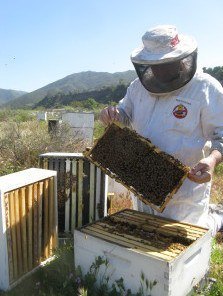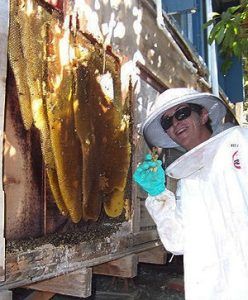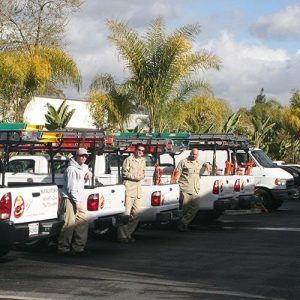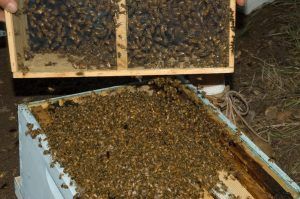Africanized Bees: What You Need to Know
Africanized bees, also known as “killer bees,” have been a growing concern for many homeowners and businesses in Orange County, CA. These aggressive hybrid bees, which originated from cross-breeding between European honeybees and African honeybees, can pose a serious threat to both humans and animals. At Bee Busters, we understand the importance of addressing Africanized bee infestations promptly and efficiently to ensure the safety of our clients and their properties.
Identifying Africanized Bees
Distinguishing between Africanized bees and their European counterparts can be challenging, as they share similar physical characteristics. However, there are a few key differences to look out for:
- Aggressive Behavior: Africanized bees are known for their highly defensive and aggressive nature. They are easily provoked and will attack perceived threats more readily than European honeybees.
- Swarm Size: Africanized bee colonies tend to be smaller than European honeybee colonies, but they can produce more swarms, which increases the likelihood of infestations.
- Nesting Habits: While European honeybees typically nest in enclosed spaces like hollowed trees or man-made hives, Africanized bees are more adaptable and can build nests in a variety of locations, including underground cavities, walls, and even tires.
If you suspect an Africanized bee infestation on your property in Irvine, Laguna Beach, Laguna Hills, Lake Forest & Mission Viejo, CA, it is crucial to contact professional bee removal services immediately. At Bee Busters, we have the expertise and equipment necessary to safely and effectively handle Africanized bee infestations.
The Dangers of Africanized Bees
Africanized bees pose several risks to humans and animals, making it essential to address infestations promptly:
- Aggressive Attacks: When disturbed, Africanized bees can become highly aggressive, pursuing perceived threats for longer distances than European honeybees. Their attacks can involve hundreds of bees, increasing the risk of serious injury or even death.
- Allergic Reactions: Some individuals may experience severe allergic reactions to bee stings, known as anaphylaxis. Africanized bee attacks, which often involve multiple stings, can be particularly dangerous for those with bee sting allergies.
- Property Damage: Africanized bee infestations can cause damage to structures, as they build nests in walls, attics, and other areas of buildings. Left untreated, these infestations can lead to costly repairs and potential health hazards.
At Bee Busters, we prioritize the safety of our clients and their properties. Our experienced team is equipped to handle the unique challenges posed by Africanized bees, ensuring a swift and effective resolution to infestations.
Bee Removal and Rescue
When it comes to managing Africanized bee infestations, our approach at Bee Busters is two-fold: removal and rescue. We understand the ecological importance of bees and strive to preserve their populations whenever possible. Our team employs specialized techniques to remove Africanized bee colonies safely and humanely, minimizing harm to the bees and the surrounding environment.
After removing the bees, we work diligently to relocate them to suitable habitats where they can thrive without posing a threat to humans or animals. This process not only addresses the immediate infestation but also contributes to the conservation of bee populations, which play a vital role in our ecosystem.
Why Choose Bee Busters?
At Bee Busters, we pride ourselves on our commitment to excellence and customer satisfaction. Here are a few reasons why we are the trusted choice for Africanized bee removal in Orange County, CA:
- Expertise: Our team comprises highly trained and experienced professionals who specialize in handling Africanized bee infestations. We stay up-to-date with the latest techniques and best practices to ensure the most effective and efficient removal process.
- Availability: We understand that Africanized bee infestations can occur at any time, which is why we offer round-the-clock services. Whether you discover an infestation during business hours or in the middle of the night, we are always available to assist you.
- Comprehensive Services: In addition to bee removal and rescue, we offer a range of services to help prevent future infestations. Our team can provide guidance on sealing potential entry points, removing attractants, and implementing long-term prevention strategies.
If you are dealing with an Africanized bee infestation in Irvine, Laguna Beach, Laguna Hills, Lake Forest & Mission Viejo, CA, don’t hesitate to contact Bee Busters. Our dedicated team is ready to assist you in resolving the issue safely and efficiently, ensuring the well-being of both you and the bees. Trust us to handle your bee removal and rescue needs with the utmost professionalism and care.







